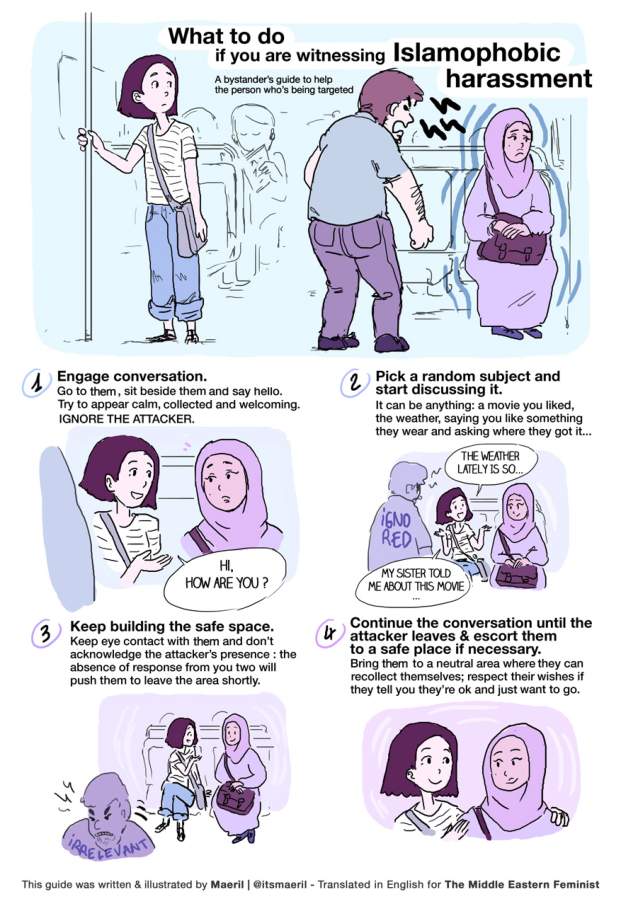If you see something, say something.
That’s what we’re told about terrorism or even the hint of terrorism. So ask yourself: When a bully harasses and intimidates a stranger — unleashing a torrent of hatred at someone inhabiting a turban or hijab or the wrong skin color or gender, or who’s maybe smooching someone of the same sex — how far away from terrorism is that?
(Webster’s definition: “The unlawful use of violence and intimidation, especially against civilians, in the pursuit of political aims.”)
Most of us instinctively look away from trouble. It’s hard not to. But many are warning that an ugly new morning has dawned in America — a time when bigots feel permission to let their feelings fly. (In his smart “Saturday Night Live” monologue on Jan. 21, comedian Aziz Ansari begged all those liberated racists to “go back to pretending!”)
“It seems like it’s OK because we now have this world leader who behaves this way, and was behaving this way before he got elected,” said Carmen McKibbin, local president of the League of United Latin American Citizens. “It didn’t prevent him from getting elected.”




